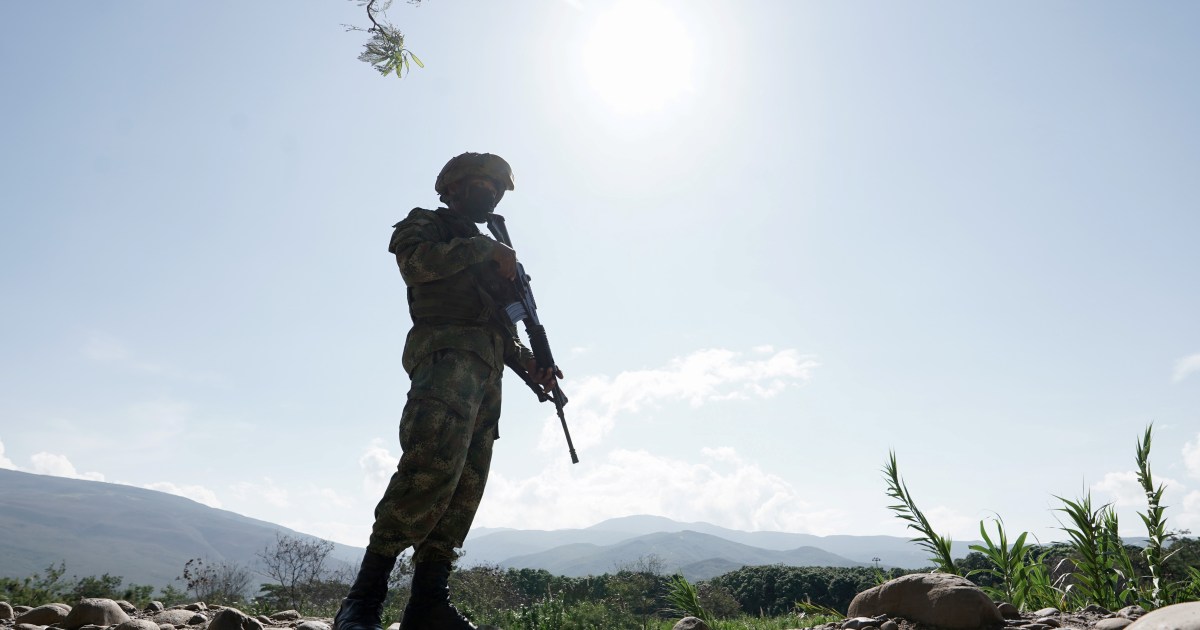How an Arviat woman is trying to help Inuit children build their language skills — and confidence
It’s not always easy keeping up with second- or third-language skills. It can be even harder if you’re not feeling confident enough to speak it.
That’s how Shelby Angalik, originally from Arviat, Nunavut, felt.
She said in her experience it’s not uncommon for people to feel uncomfortable speaking Inuktitut. She even experienced her own challenges going from being fluent in Inuktitut in high school to seeing some of that slip away in the years after she graduated.
“A lot of people are shy, or they feel embarrassed or ashamed. I’ve been trying to — or I’ve learned — to be able to sit with that embarrassment. And try to see that this is you actually growing, this is you doing better,” she said.
“Because when you’re uncomfortable, you’re growing as a person … The most important thing is that you keep trying, and you keep trying and you keep practicing. And that’s when you start seeing progress.”
Angalik is hoping to change that uncomfortable feeling around language for some Inuit in Nunavut, starting from a young age. She said many people have some level of fluency and often just need to practice.
According to Statistics Canada, Inuktut, which includes Inuktitut, Inuinnaqtun and Inuvialuktun, has official language status in Nunavut and the Northwest Territories. And, in Canada in 2021, among the provinces and territories, Nunavut had the highest rate of bilingualism at 68 per cent, owing to the amount of Inuktitut–English bilingualism.
Angalik has recently taken up work with Connected North. It’s a program with TakingITGlobal, a charitable non-governmental organization that focuses on promoting awareness and engagement of youth on issues around the world.
Through the program, she’s been holding sessions called ᐅᖃᓕᒫᕐᓗ or “Let’s Read Together.” They’re workshops specifically for teachers in Nunavut, where they can request a session with Angalik to speak to their students in Inuktitut.
‘Perfect opportunity’
Angalik said it was her high school teacher who reached out to her, remembering Angalik had once created a reading program when she was in high school.
Kimberley Dymond, who is now a Connected North education coordinator, said at the time Angalik had launched a project trying to get more kids to learn Inuktitut.
“She did it on Thursday evenings and on Sundays, which was absolutely amazing all on her own, with just a little bit of help,” Dymond said.
She kept contact with Angalik over the years since she graduated high school. Because there’s always a need for more Inuktitut resources for teaches in Nunavut schools, Dymond reached out to Angalik to see if she’d be willing to do some sessions.
“She was totally on board,” Dymond said. “It was really just a perfect opportunity.”
Angalik said those reading sessions she did for kids in high school felt similar to her current sessions through Connected North.
“So the reason for my sessions is to connect with Inuit students through Inuktitut, to encourage them to keep practicing their language,” Angalik said,
“I use reading to bridge that connection between me and the students and also to bridge the connection between the students and Inuktitut and whatever level that they’re on.”
For Angalik, the sessions are not necessarily just about her reading to kids, but also her sharing any information on Inuktitut and Inuit culture.
“Just to make sure that Inuit have connections to our language, to Inuktitut in the classrooms, because all different schools, different towns, different grades — they all have different levels of Inuktitut. So the most important part is the connection,” she said.
Best resource for Inuit ‘is each other,’ says Angalik
So far, the sessions she’s done in Arviat have been a treat.
“They’re very fun. And, because it’s my dialect, I feel right at home,” she said.
As for her students so far, she’s been blown away by their language skills.
“They’re always curious. And they’re all very fluent in Inuktitut. So it’s very heartwarming for me to be able to hear so many students speaking only in Inuktitut,” she said.
“And there have been other sessions too where they’ve been so engaged with the book,” she said. “It’s really great.”
Angalik said there are many resources available for people to practice the language, like books and dictionaries. But the best one, she said, is the community.
“I think the best resource you can have as Inuit is each other,” she said.
“What’s helped me most with trying to keep practicing my language is calling my friends.”
Angalik said when she calls her friends and speaks to them in Inuktitut, she also asks them to correct her or how to smooth out her speech.
“I learned the most through my friends who are taking Inuktitut courses who are fluent. The most important thing that we have is each other,” she said. “And you to be kind to yourself.”
Connected North started as a pilot program, and was launched 10 years ago.
Since then, it’s picked up speed, with a few others also offering sessions in Inuktitut to schools, according to Michael Furdyk, co-founder and director of innovation with TakingITGlobal.
That includes Inuk author Michael Kusugak, who delivers sessions sharing his life experience with students and reading some of his books. Furdyk said Kusugak has delivered over 150 sessions to our partner schools so far.
Inuk singer and songwriter Becky Han also provides sessions through Connected North around her book The Bee in both English and Inuktitut. Furdyk said she also does sessions sharing Inuktitut songs and has so far done 60 sessions to schools across the Connected North network.




